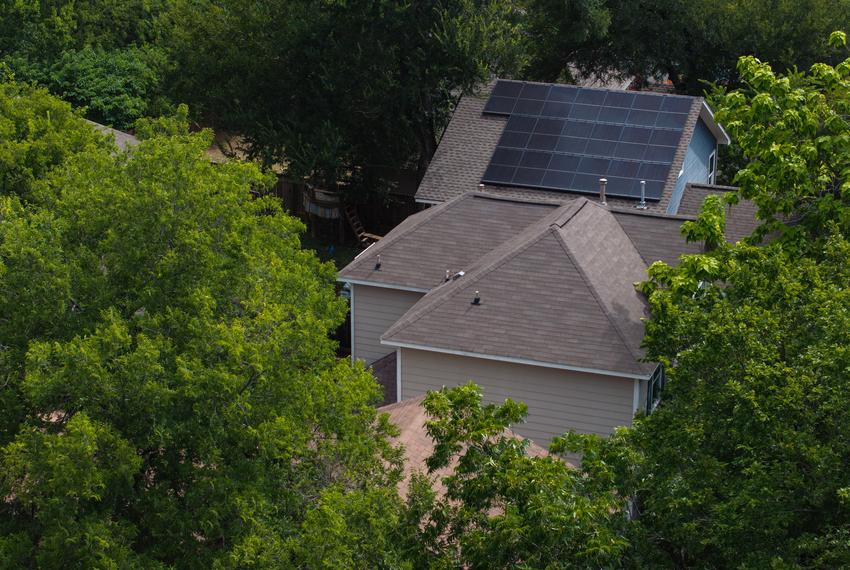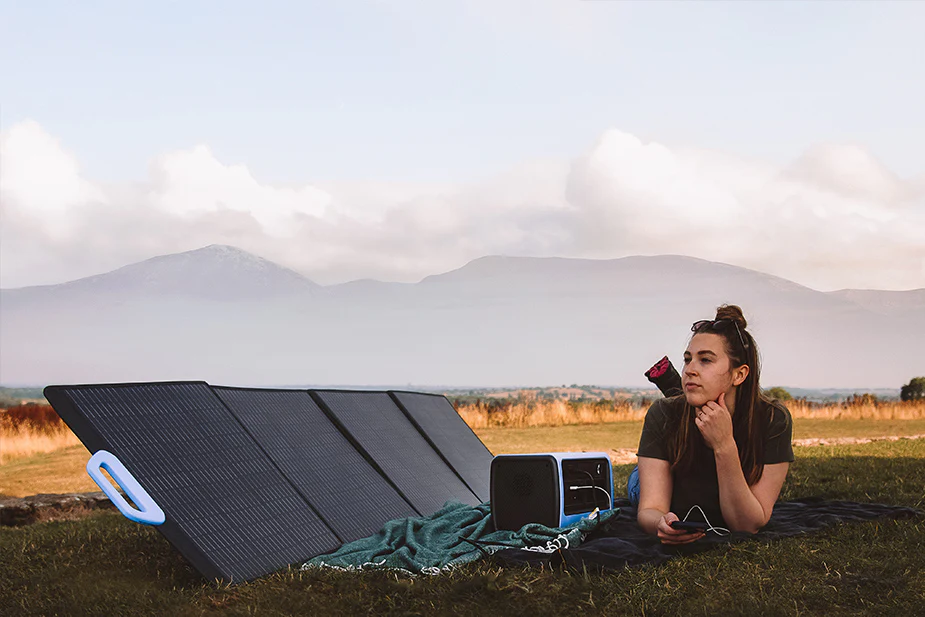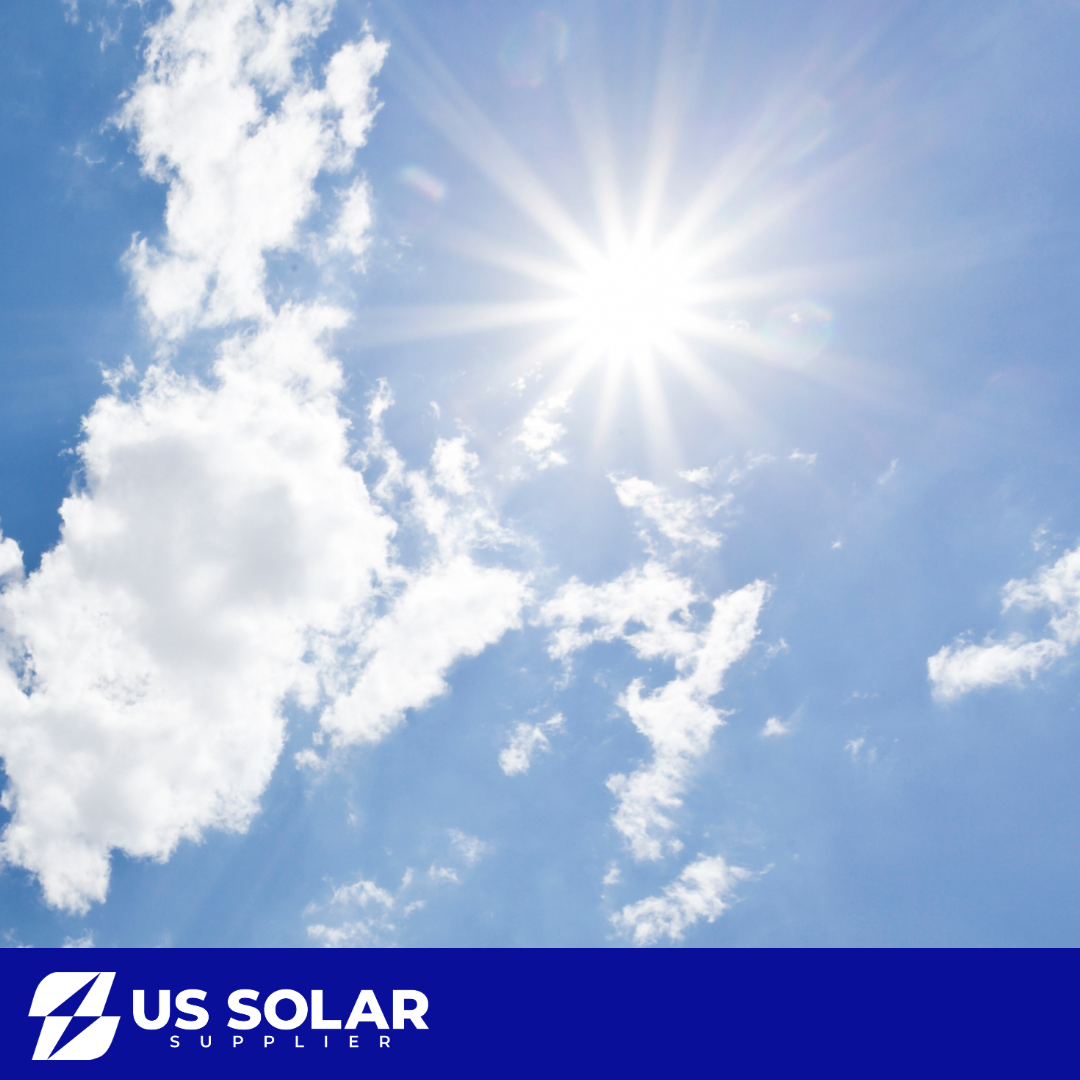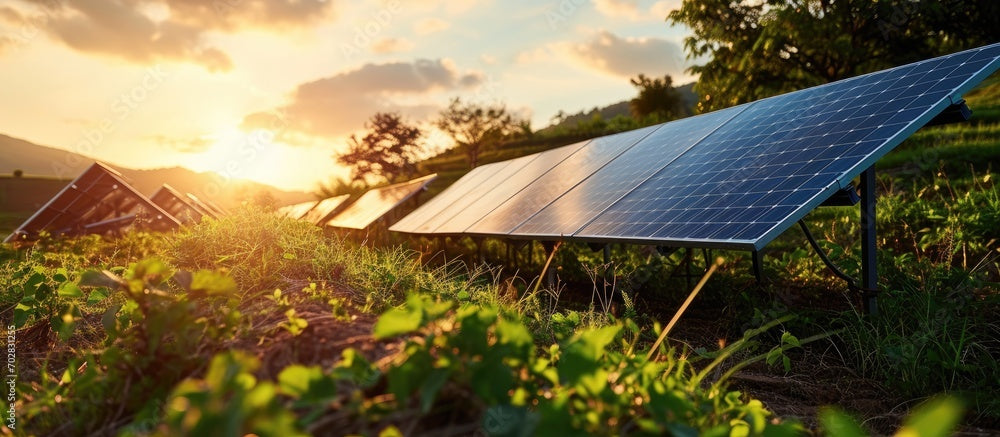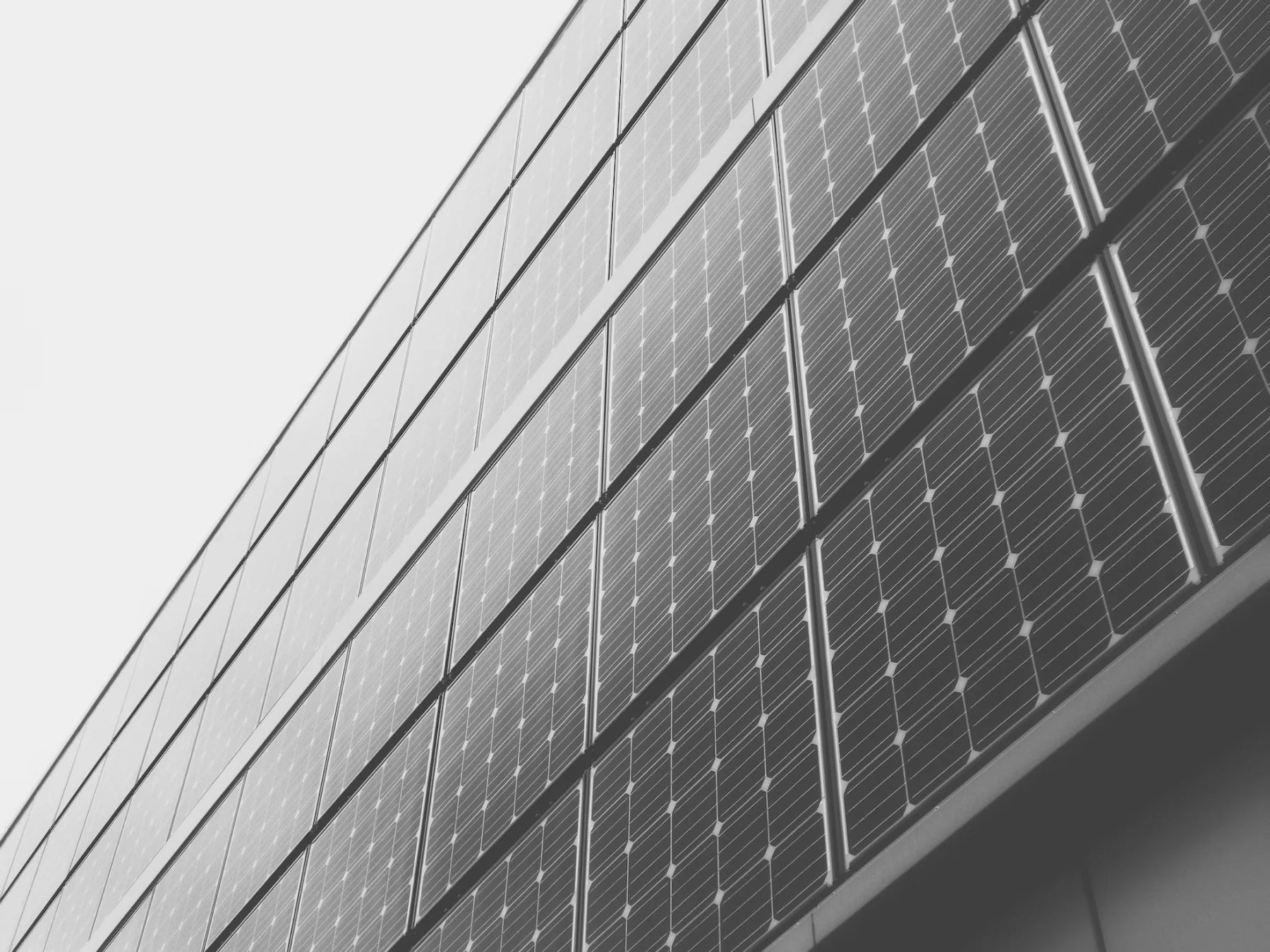In September 2025, the solar landscape looks different than it did just a few years ago. The One Big Beautiful Bill (OBBB) cut many renewable energy programs that once made adopting solar easier for homeowners, creating confusion about what benefits are still available.
The good news? Warehouses across the country are stocked and ready to expedite equipment, meaning you can still get your solar project installed in time. Homeowners who complete installations before the end of 2025 can still claim the 30% Residential Solar Tax Credit from the Inflation Reduction Act (IRA) —one of the last opportunities to take full advantage before the credit begins phasing out.
Here’s what you need to know in September 2025 to act quickly and maximize your savings.

What is Happening to the 30% Residential Tax Credit in 2025?
Should you press go on that cart of solar materials if you are a homeowner eyeing solar in 2025?
Yes, you should move fast, but your urgency depends on how you plan to finance your system.
For Homeowners Buying a System (Cash or Loan)
The clock is ticking. To qualify for the 30% tax credit for an owned system, your project must be fully complete and "placed in service" by the end of 2025. Given that a typical solar project can take several months from initial quote to final inspection, starting the process now is crucial. Waiting could mean you miss the deadline and lose out on thousands of dollars in savings.
For Homeowners Leasing a System (TPO)
The timeline is a little more forgiving. While the 25D credit is gone, the OBBB's final version retained the 48E tax credit for third-party ownership (TPO) arrangements like leases and Power Purchase Agreements (PPAs) until the end of 2027. In these arrangements, the solar company—not the homeowner—claims the tax credit and passes the savings on to you through lower monthly payments. So, if you can't get a system installed by the end of 2025, a lease or PPA remains a viable way to save on your energy costs.
The Bottom Line
In essence, the OBBB has created a sense of urgency for anyone wanting to own their system, but it hasn't completely eliminated federal incentives for residential solar. The race is on for cash buyers and loan holders, while those considering a lease still have a bit of a longer runway.

Will My Solar Project Built in 2025 Be Safe?
Yes, projects installed in 2025 will qualify for the 30% residential solar tax credit (25D). The One Big Beautiful Bill (OBBB), signed into law on July 4, does not retroactively strip this tax credit from homeowners.
The expiration of the 25D credit is set for midnight on December 31, 2025. This means that any residential solar system that is not fully installed and operational by the end of the year will not qualify for the credit.
What is the 30% tax credit for solar? 25D and 48E Explained
The solar tax credit allows solar system owners to receive a federal tax credit worth up to 30% of the eligible cost of a solar and/or battery storage installation. For instance, a project with an eligible cost of $30,000 would entitle the owner to a $9,000 tax credit in the year the project was placed in service (fully installed and operational). This is a dollar-for-dollar reduction of your tax bill, making it a very powerful incentive. It has been available nationwide for two decades.
There are actually two different federal tax credits that apply to residential solar and battery systems: the Residential Clean Energy Credit (Section 25D) and the Investment Tax Credit (Section 48E). The key differences are who gets to claim them and when they expire, now that the One Big Beautiful Bill (OBBB) is law.
Section 25D: The Homeowner's Credit
This is the credit most people think of when they talk about "the solar tax credit." It's officially known as the Residential Clean Energy Credit and is claimed by homeowners who own their solar system outright. This applies whether you paid in cash or financed the system with a loan.
Who Claims It? The homeowner.
What It Covers: Up to 30% of the cost of the solar panels, installation, and associated costs. Battery storage is also eligible if installed as part of the system or as a standalone retrofit.
Expiration: Under the OBBB, this credit is set to expire on December 31, 2025. Your system must be fully installed and operational by this date.
Section 48E: The Business Credit
This credit, known as the Investment Tax Credit (ITC), is typically claimed by businesses. However, it also applies to residential projects where the homeowner does not own the system—most commonly through a solar lease or Power Purchase Agreement (PPA). In these cases, the solar company owns the equipment, so they get the tax credit. The value is then passed on to you through a lower monthly lease payment or a reduced price for the electricity produced.
Who Claims It? The third-party company that owns the solar system.
What It Covers: Up to 30% of the system's cost, including the solar panels, and in some cases, battery storage.
Expiration: The OBBB extended this tax credit for commercial projects. It ends at the end of 2027 for systems that are placed in service by then. This creates an alternative path for homeowners to still benefit from a tax credit if their project isn't completed by the end of 2025.

Timeline and To-Dos: Your 2025 Solar Checklist
September 2025: Get a Quote and Design
Assess your home's energy needs. Look at your last 12 months of electricity bills to understand your usage.
Find a reputable solar installer. Get multiple quotes and review their experience and customer reviews.
Finalize your system design and sign the contract. Be sure to carefully review all terms and conditions.
October-November 2025: Permitting and Paperwork
Your installer will handle the bulk of this, but stay on top of it.
Apply for all necessary building permits and utility interconnection agreements. This can be the most unpredictable and time-consuming part of the process, so it's critical to get it started now.
December 2025: Installation and Inspection
The physical installation itself often only takes a few days.
Once installed, the system needs to be inspected by your local authority and utility company. Your system must be fully installed and operational by December 31, 2025, to qualify for the tax credit this year.
2026 Tax Season: Claim Your Credit
Once your system is operational, save all receipts and documentation from your installer.
When you file your 2025 tax return, you will use IRS Form 5695, Residential Energy Credits, to claim your 30% credit. You must own the system (not lease it) to be eligible.
New Help With Sourcing or Design on Your Residential Solar Project?
The solar industry is at a pivotal moment. The wind down of federal incentives for homeowner-owned systems means that the opportunity to claim the full 30% tax credit is rapidly closing.
The time to act is now!
By moving quickly, you can ensure your project is completed before the December 31, 2025, deadline and lock in significant savings that will benefit you for years to come.
Need help navigating this new landscape, sourcing equipment, or designing your residential solar project?
US Solar Supplier is here to help. Contact us by calling 1-800-230-7004 or by emailing sales@ussolarsupplier.com.
